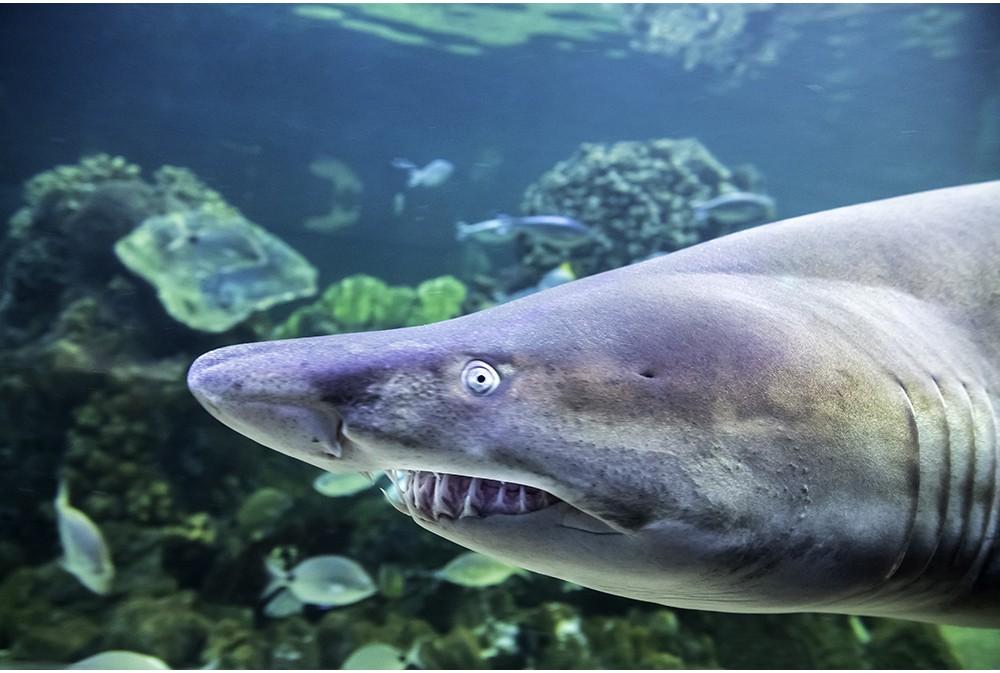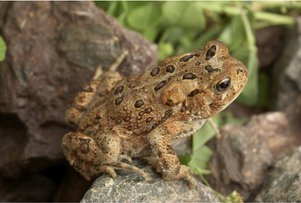The Scoop
Fierce appearance, gentle composure
The old saying goes “don’t judge a book by its cover” and this saying rings especially true for the Sand Shark, often called the Sand Tiger Shark. With many jagged teeth the Sand Shark looks like a vicious predator, however, Sand Sharks are very gentle in nature and will only react aggressively when provoked. They are so gentle that you may often see them at aquariums or zoos.
Sand Sharks are known to live in warm, temperate waters around the globe except in the eastern pacific and often can be seen along the shore line. Sand sharks stay near the shore for a specific reason: to gulp in air! Sand Sharks are the only known sharks that will come to the surface to take in air. They store this air in their stomach and use it to float motionless while hunting to keep their prey unaware.
This animal is listed as vulnerable by the IUCN due to the Sand Shark’s low reproduction rate. The way that sand sharks give birth is unique. Sand Sharks create two pups per pregnancy, the sharks are hatched from eggs in the mother’s womb and spend nine months there. During that time only one survives the womb and grows to be very strong. When the baby Sand Shark is born it is far enough along in its development that it can survive the harshness of the ocean. Sand Sharks previously were fished and hunted around the globe but are now protected in most areas due to their low birth rate.
Quick Facts:
- Sand Sharks weigh around 200-350 pounds
- Sand Sharks live for around 15 years
- Sand Sharks are quick swimmers and can travel up to 12 mph
Other Facts:
- Sand Sharks can grow to be over 10 feet long
- Sand Sharks will mate in the fall and courtship can take a long time
- This shark’s teeth show even when its mouth is closed
Resource List:
- https://kids.nationalgeographic.com/animals/sand-tiger-shark/#sand-tiger-shark-surface.jpg
- https://www.nationalgeographic.com/animals/fish/s/sand-tiger-shark/
- http://www.iucnredlist.org/details/3854/0
- https://www.arkive.org/sand-tiger-shark/carcharias-taurus/
- http://www.gma.org/fogm/Carcharias_taurus.htm







